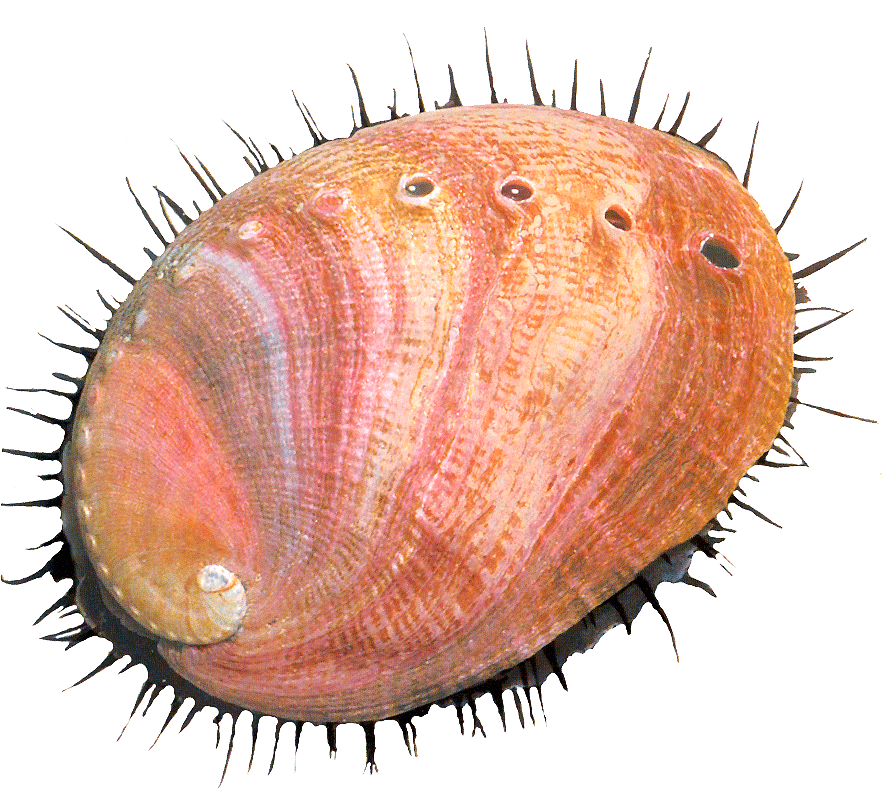|
|
|
||
|
|
The Abolone looks like a large single-shelled clamor flattened snail with its open side stuck tightly to a rock. Most abalone live in shallow waters and grow slowly. Prized by the wealthy on the West Coast of the United states and the poor of Chile there are seventy-five species scattered throughout the world. The most common species is the red abalone. Red abalone are also the largest and can grow to 12 inches and weigh 8 lbs. The Abolone mussel is very tough and requires a great deal of skill and energy to slice it paper thin and pound it with much vigor to make it tender enough to eat. If even slightly overcooked the Abolone becomes very rubbery and tasteless. Due to it scarcity and high demand the monetary cost of this product continues to escalate making it hard to place a quality product on menus with the exception of fine dining restaurants. Preparation: It is essential to gently tenderize the meat by with a rolling pin or mallet. Abalone can be eaten raw, cubed or cut into strips and prepared as a salad. It is often briefly sautéed in butter (20 to 30 seconds per side), or seasoned and lightly coated with flour and egg and pan-fried. Try to avoid overcooking, which toughens the meat The Native Americans considered the shell of the Abolone as a sacred vessel.
|
||
|
|
|||

